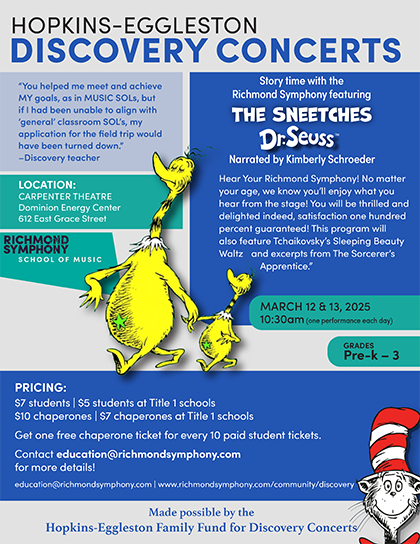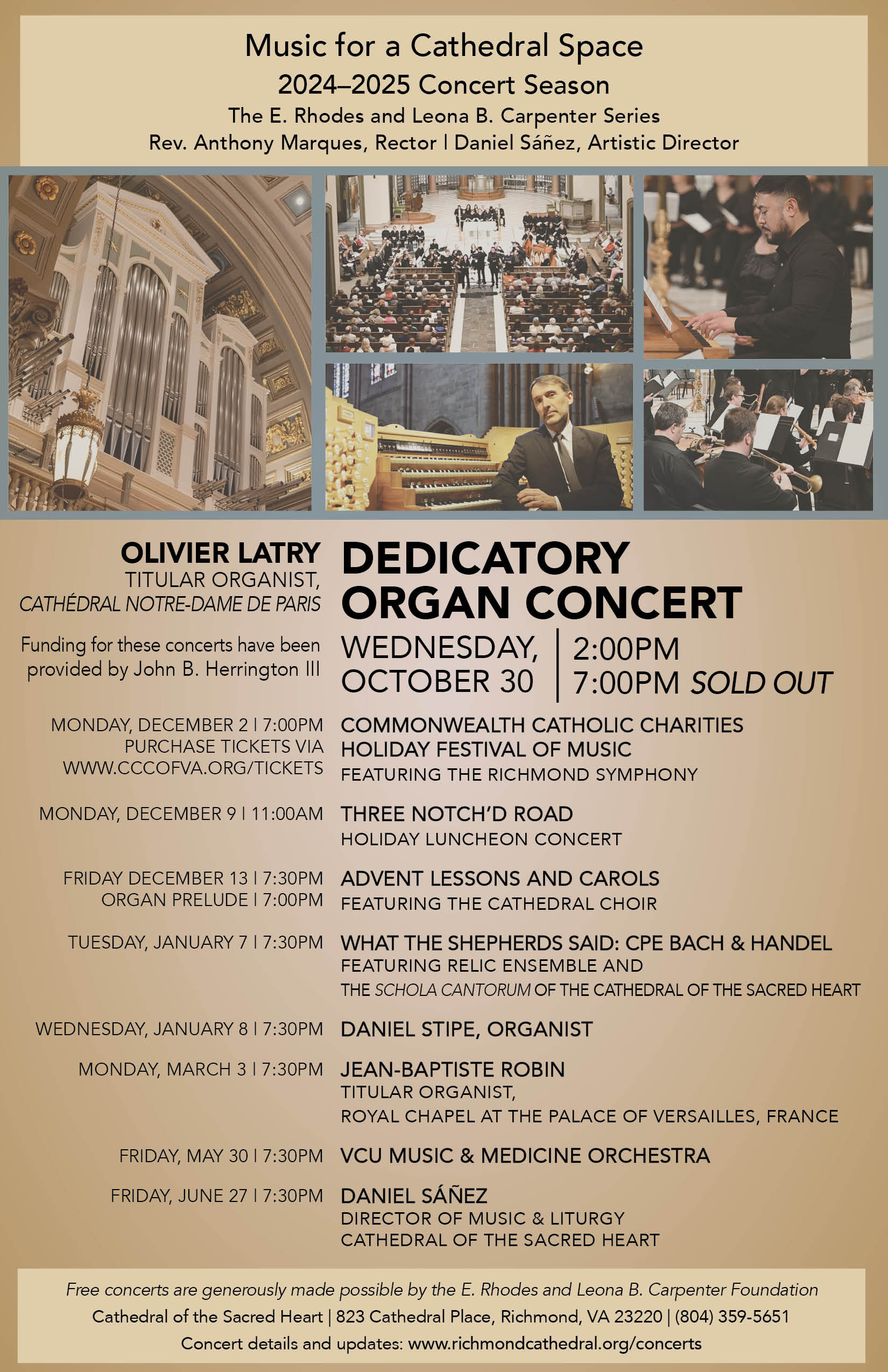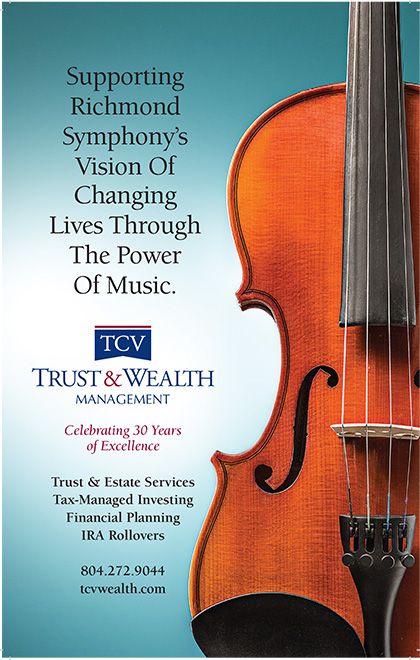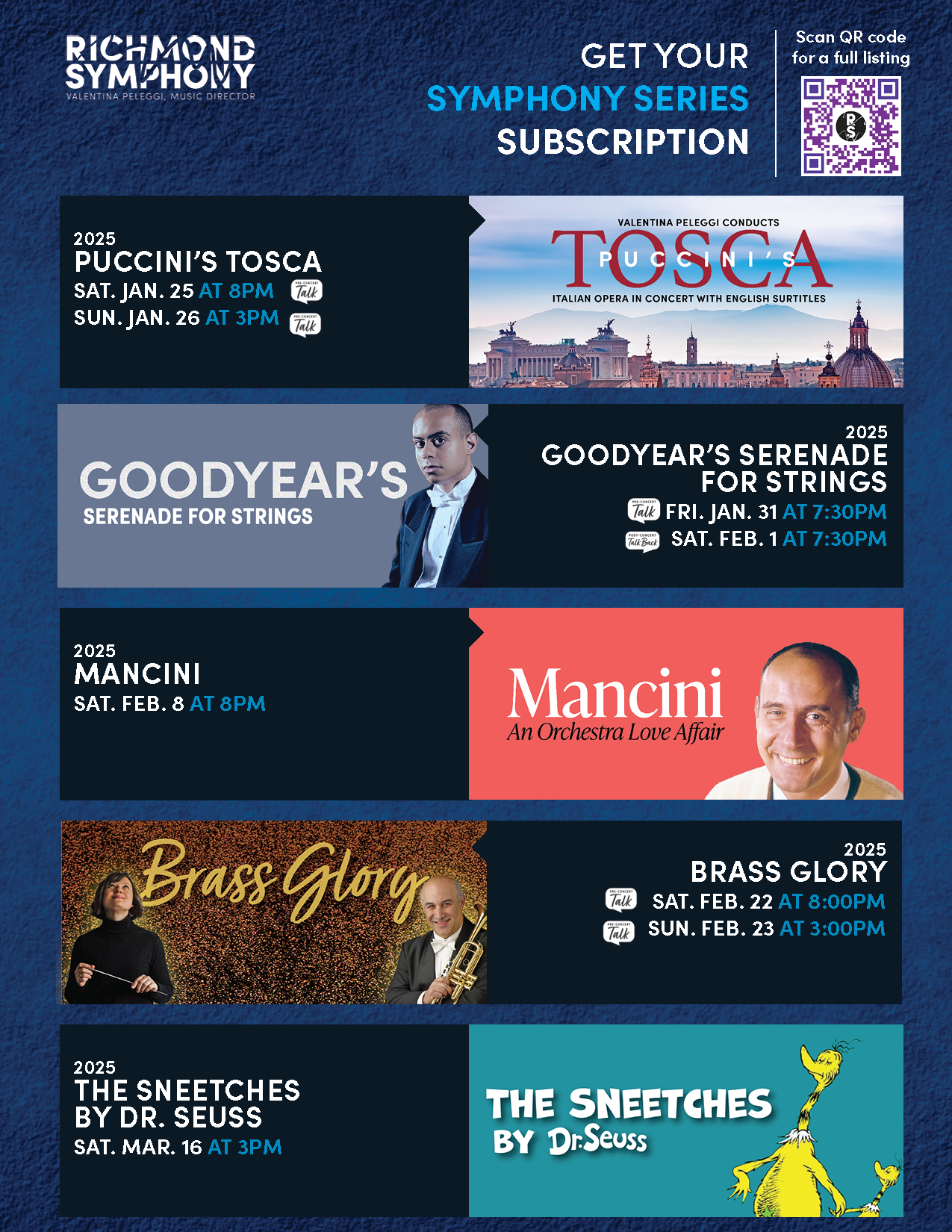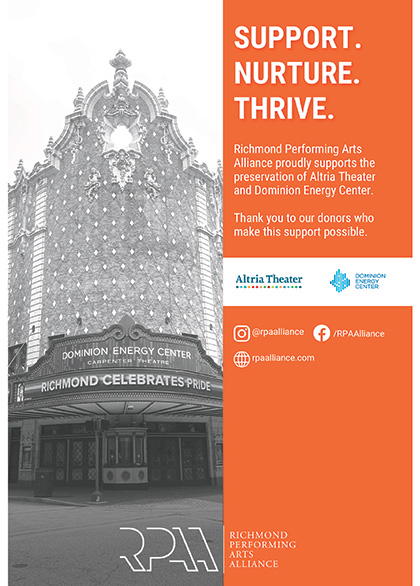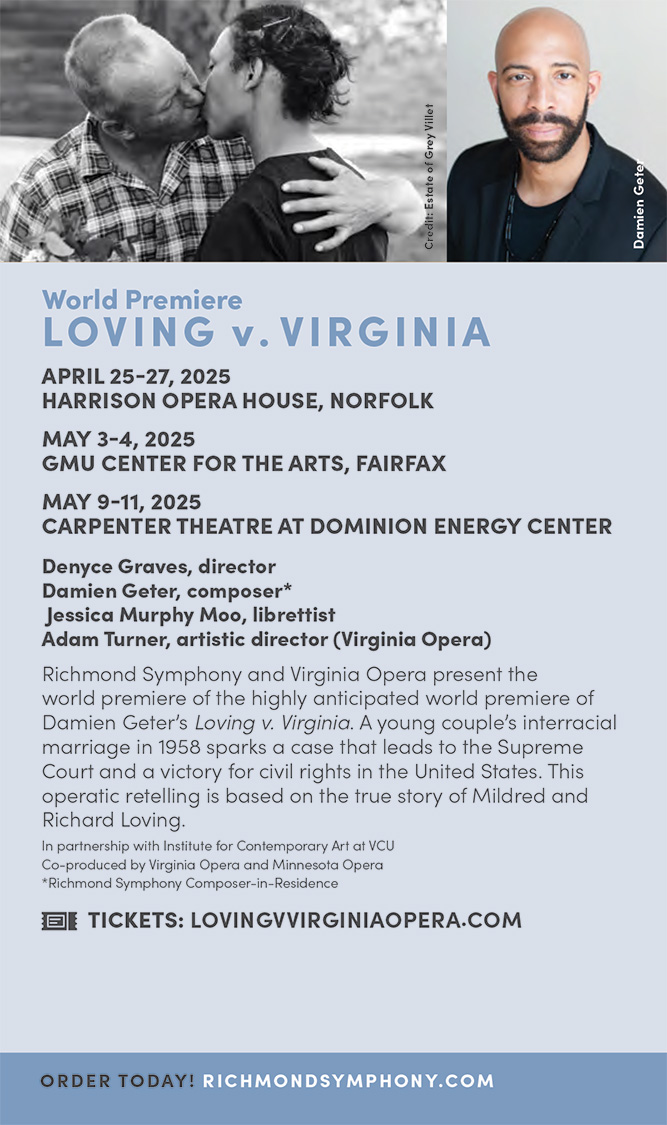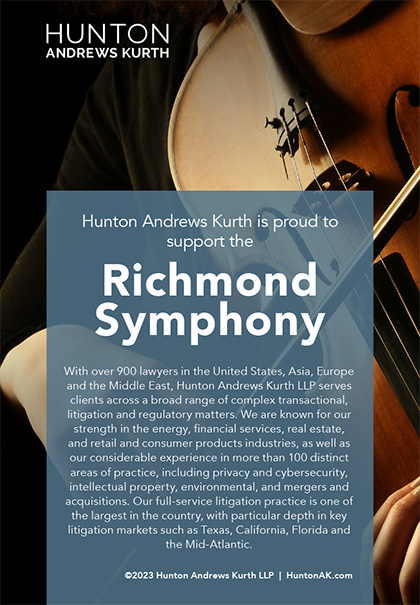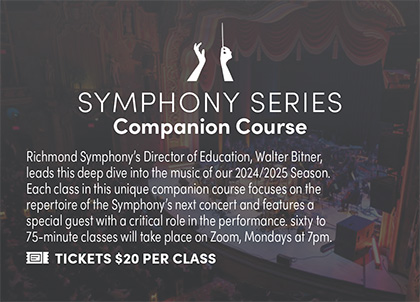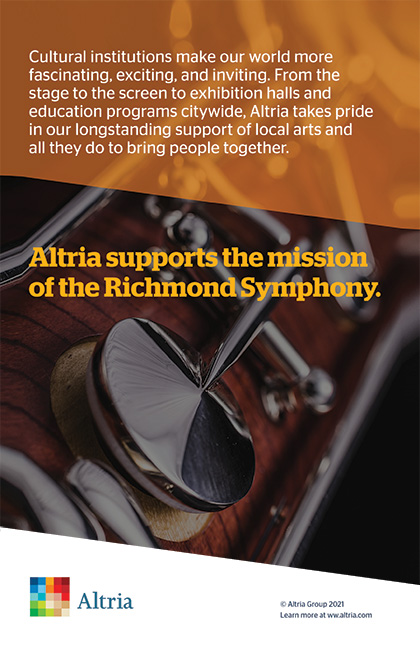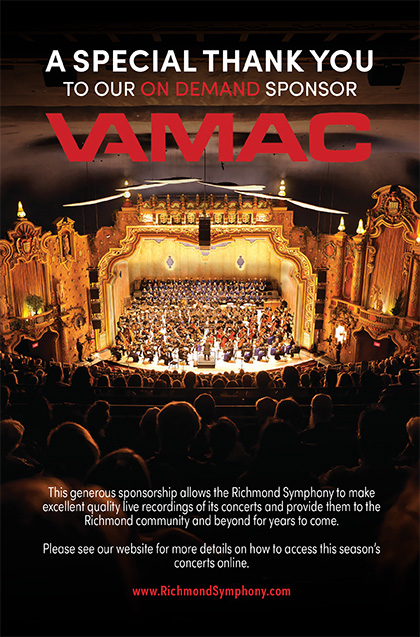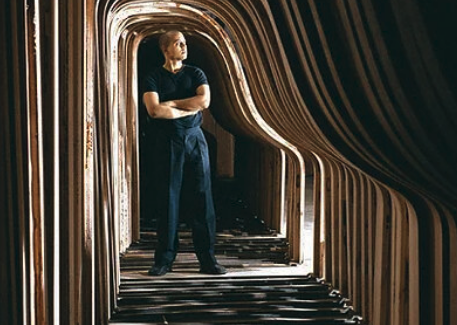
Beethoven & Rachmaninoff
Valentina Peleggi | Conductor
Stewart Goodyear | Piano
Florence Robertson Givens Guest Artist

Anna Clyne (b. 1980) | Masquerade | |
Beethoven (1770 - 1827) | Symphony No. 6 in F Major, | |
INTERMISSION | ||
Rachmaninoff (1873 - 1943) | Rhapsody on a Theme of Paganini | |
Music that pays homage to nature in various forms is the underlying theme of this program. As Music Director Valentina Peleggi observes, Anna Clyne’s Masquerade “celebrates the festive environment where Londoners enjoy music together” in “promenade” concerts, originally held in open-air parks. “It’s both a shared experience and a moment of being inspired by nature,” she adds.
Masquerade sets the stage for Beethoven’s Pastoral Symphony, which channels the composer’s reverence for the natural world. With its remarkably fluid textures and unforgettable depiction of a storm, the Pastoral gives special prominence to the element of water, says Peleggi.
In contrast, Rachmaninoff’s late-career Rhapsody on a Theme of Paganini “is, to me, the essence of fire on an instrument as the theme heats up from a simple statement at the outset through each variation until it reaches a state of incandescence.”
Anna Clyne: Masquerade
Anna Clyne, who was born in London in 1980, is among the most frequently performed living British composers, known for her collaborative creativity and inspiration from poetry, dance, film, and painting.
Masquerade, composed for the 2013 BBC Last Night of the Proms, nods to the spirit of 18th-century London’s pleasure gardens, “where people from all walks of life mingled to enjoy a wide array of music,” writes Clyne. “I am fascinated by the historic and sociological courtship between music and dance. Combined with costumes, masked guises, and elaborate settings, masquerades created an exciting, yet controlled, sense of occasion and celebration. It is this that I wish to evoke in Masquerade.”
“The work derives its material from two melodies. For the main theme, I imagined a chorus welcoming the audience and inviting them into their imaginary world. The second theme, “Juice of Barley,” is an old English country dance melody and drinking song, which first appeared in John Playford’s 1695 edition of The English Dancing Master.” where people mingled in the open air to enjoy music, acrobatics, and masquerades. The piece incorporates two themes: a welcoming melody and “Juice of Barley,” an English country dance tune from 1695.”
Beethoven: Symphony No. 6 in F major, Op. 68 Pastoral
Premiered in 1808 alongside his Fifth Symphony, Beethoven’s Sixth represents a gentler, more reflective side of the composer. The composer himself titled it “Pastoral Symphony, or Recollections of Country Life,” noting that it should be considered “more the expression of feeling than a painting.”
The Pastoral Symphony conveys a sense of the refuge Beethoven found in nature as a place apart from the social pressures of Vienna (made increasingly unbearable by his worsening deafness). And it recaptures something, too, of the lost innocence of childhood. The Pastoral seems to unfold within a recognizably “objective” natural space, while the intensely individualistic self at the center of the Fifth Symphony struggles against the world around it to compel an “optimistic” outcome.
The Pastoral opens with an expansive movement that hints at awakenings. Its main theme (sharing a pattern with the famous “Fate” motto of the Fifth Symphony) rambles onward, suggesting a gentle invitation to embark on a leisurely journey. This trip into the natural landscape involves an escape from the constraints of everyday time for the sake of a deeper mindfulness.
The sense of leisure becomes even more expansive in the slow movement, which depicts “a scene by the brook.” Beethoven’s often overlooked orchestration is particularly beautiful, coloring the flow of melody with a serenity that comes close in spirit to the ecstatic Adagios of his late-period compositions. In a remarkable cadenza, the woodwinds imitate a series of bird calls.
Beethoven experimented with symphonic form in the Pastoral’s final three movements, casting the entire work in five rather than the conventional four movements. The scherzo’s “merry gathering” of dancing countryfolk counterbalances the preceding depictions of rapt innocence with a gruff, humorous earthiness.
The brief fourth movement links the scherzo and finale and contains the darkest, most tension-filled music of the Pastoral, erupting into the full fury of a thunderstorm with stark dynamic contrasts, rolling timpani, and piercing piccolo. But the darkness is fleeting. It yields to the consoling radiance of the final movement, a “shepherd’s song” of thanksgiving. The woodwinds intone a hymn-like phrase to preface the long-spun, calmly wheeling main theme. “No one,” Beethoven wrote, “can love the country as much as I do. For surely woods, trees, and rocks produce the echo that humans desire to hear.”
Rachmaninoff: Rhapsody on a Theme of Paganini, Op. 43
Composed in 1934 a piano concerto in all but name, Rachmaninoff’s Rhapsody reimagines the famous theme from Paganini’s Twenty-Four Caprices, considering it from a fascinating variety of perspectives. The work presents 24 variations within a concerto-like structure: a fast movement at the beginning, which is followed by a slow middle movement and a dramatically climactic finale. The lyrical Variation No. 18 inverts a part of the theme to generate one of Rachmaninoff’s most soaringly transcendent melodies.
The Dies irae chant, a symbol of human mortality, also enters the scene, appearing first in Variation No. 7. This ancient melody intertwines with Paganini’s theme (with which it is actually related), creating a dramatic tension that ultimately resolves into a triumphant celebration of artistic vitality.
(c)2025 Thomas May




